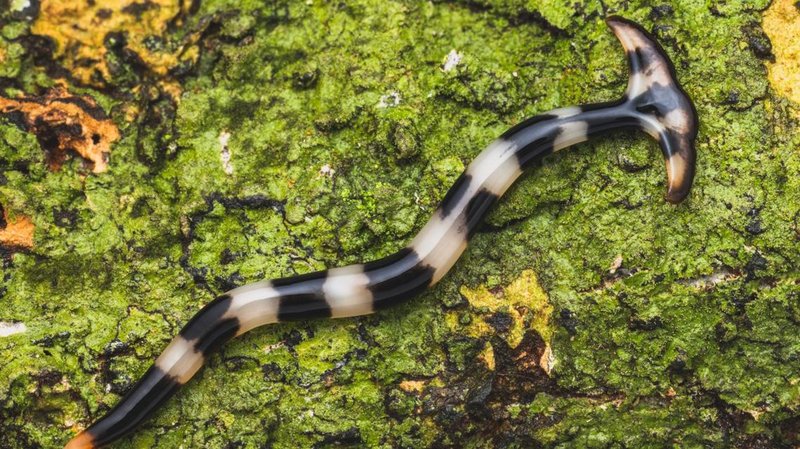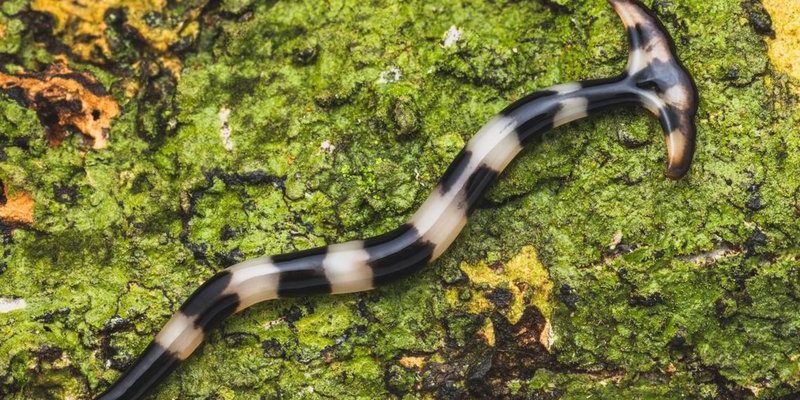
Hammerhead worms, also known as **Bipalium**, come from the class of flatworms and are known for both their unique looks and their appetite for other worms. You could think of them as the garden’s slightly sinister version of a top predator. Despite their less-than-adorable nature, understanding hammerhead worms can be key to nurturing a healthy garden. So, let’s dive into the world of these intriguing—and sometimes concerning—creatures.
What Are Hammerhead Worms?
Before we get into the nitty-gritty of identifying hammerhead worms, let’s talk about what they are. These flatworms are typically found in damp, tropical climates, though they can also pop up in temperate zones, especially in gardens with rich soil. They’re usually light brown or beige, but some might boast vibrant colors that catch your eye.
Interestingly, hammerhead worms have what’s called a **”head”** that resembles a hammer or spade, which is where they get their name. This distinct shape not only marks them visually but also helps them as they move through the soil, making them a unique part of the garden ecosystem. You might encounter them in various habitats—not just gardens, but also in moist areas like leaf litter or under stones.
Identifying Hammerhead Worms By Appearance
So, how do you spot a hammerhead worm in your garden? The first thing to note is their **shape**. They tend to be long and flat, measuring anywhere from a few inches to over a foot in length. Their *heads* are distinctly wider, tapering off to a narrower end. This paddle-like shape is a key characteristic that sets them apart from other worms.
In terms of **color**, hammerhead worms can range from brown to dark brown or even shades of yellow. Many have a slight sheen that catches the light—this isn’t the kind of shimmer you want to see in your garden! Also, their texture is smooth, and they often move in a slinky, graceful manner, which can be fascinating to observe, even if you’re a bit squeamish about worms in general.
Where to Find Hammerhead Worms
Hammerhead worms love moisture, so you’ll often find them in damp areas of your garden. Think about where you water the most or where the soil stays wet. Common hiding spots include:
- Under leaves: They thrive beneath damp foliage, where they can easily hunt for other worms.
- In compost piles: If you have a compost bin, these worms might find it a prime location, especially if it’s rich in organic matter.
- Near watering zones: Areas where you regularly water your plants can attract these worms due to the moisture.
If you’ve got a mix of soil and organic matter, you might be at higher risk for having hammerhead worms show up. While they’re not necessarily running rampant everywhere, being aware of their preferred habitats will help you keep an eye out.
Why Hammerhead Worms Matter
You might be asking yourself, “Why should I care about hammerhead worms in my garden?” Well, here’s the thing: while they’re fascinating to look at, they also have a dark side. These worms are predators that feed on earthworms, which are crucial for maintaining healthy soil. Earthworms aerate the soil and help break down organic matter, so losing them can negatively impact your garden’s health.
If you find that hammerhead worms are making themselves at home in your garden, it’s a good idea to consider their impact. While they won’t turn your plants into instant compost, they can disrupt the delicate balance of your garden ecosystem by reducing earthworm populations.
How to Deal with Hammerhead Worms
If you’re spotting hammerhead worms in your garden and are concerned about their presence, you might be curious about how to manage them. Here are a few methods to consider:
- Manual removal: If you see them, you can simply pick them up and relocate them. Just be sure to wear gloves, as they can secrete substances that may irritate your skin.
- Use barriers: Keep your garden soil well-drained and avoid overly damp conditions. This can deter these worms from settling in.
- Encourage earthworms: By creating a hospitable environment for earthworms, like adding compost and organic matter, you can help maintain a balance.
It’s essential to act if you notice a significant number of hammerhead worms. Not only can they affect your garden’s health, but their predatory nature means that you could be losing earthworms without even realizing it.
Final Thoughts on Hammerhead Worms
Identifying hammerhead worms in your garden can be an eye-opening experience. While they may seem like intriguing creatures with their unique looks, their presence can pose problems for your garden ecosystem. By understanding what they are, how to recognize them, and knowing how to manage their populations, you’ll be better equipped to keep your garden flourishing.
So next time you’re out in your garden, take a moment to look closer at the soil. You might just find a hammerhead worm or two. And while they may look like they belong in a science fiction movie, knowing how to handle them will help you keep your garden thriving and healthy. Happy gardening!

